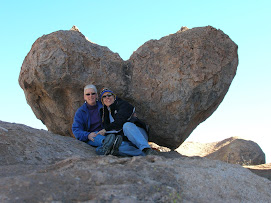



Thanks to all who responded to my desperate cry for readers. Also, my excuse for faulty spelling right now is the foreign keyboard and no spell check. Anyway, enough about me and on to Flanders Field. Took a tour with a local, Nathan, at www.visit.bruges.org. I knew little to nothing about the military battles that occured here during WWI but I learned a lot today. Millions of lives were lost over a very short period of time in the battle between the Germans and the Allies. This was partially related to poor strategies (thousands of German students with no training who thought they were too smart and superior to lose were all killed in a matter of hours)and partially to changing technologies. An is example is chemical gases were used for the first time, so 8,000-10,000 troops were damaged beyond repair within minutes until gas masks started being used en masse. Currently,there are many trenches and bunkers still in good shape. Also, unexploded munitions are plowed up by the farmers on a daily basis and put by the side of the road for pick-up by the local bomb squad. Of course, human remains are also frequently found and delivered to the proper authorities. Just driving through the area, you would never know it was a moonscape of total destruction for several years: what shows now is beautiful green farmlands and sparkling blue lakes and canals. "Sigh"--we humans are capable of so many things. Anyway, included pics are of trenches, rusty live munitions and a shot of a Canadian flag at one of the cemeteries--just because I liked the look of it!

No comments:
Post a Comment